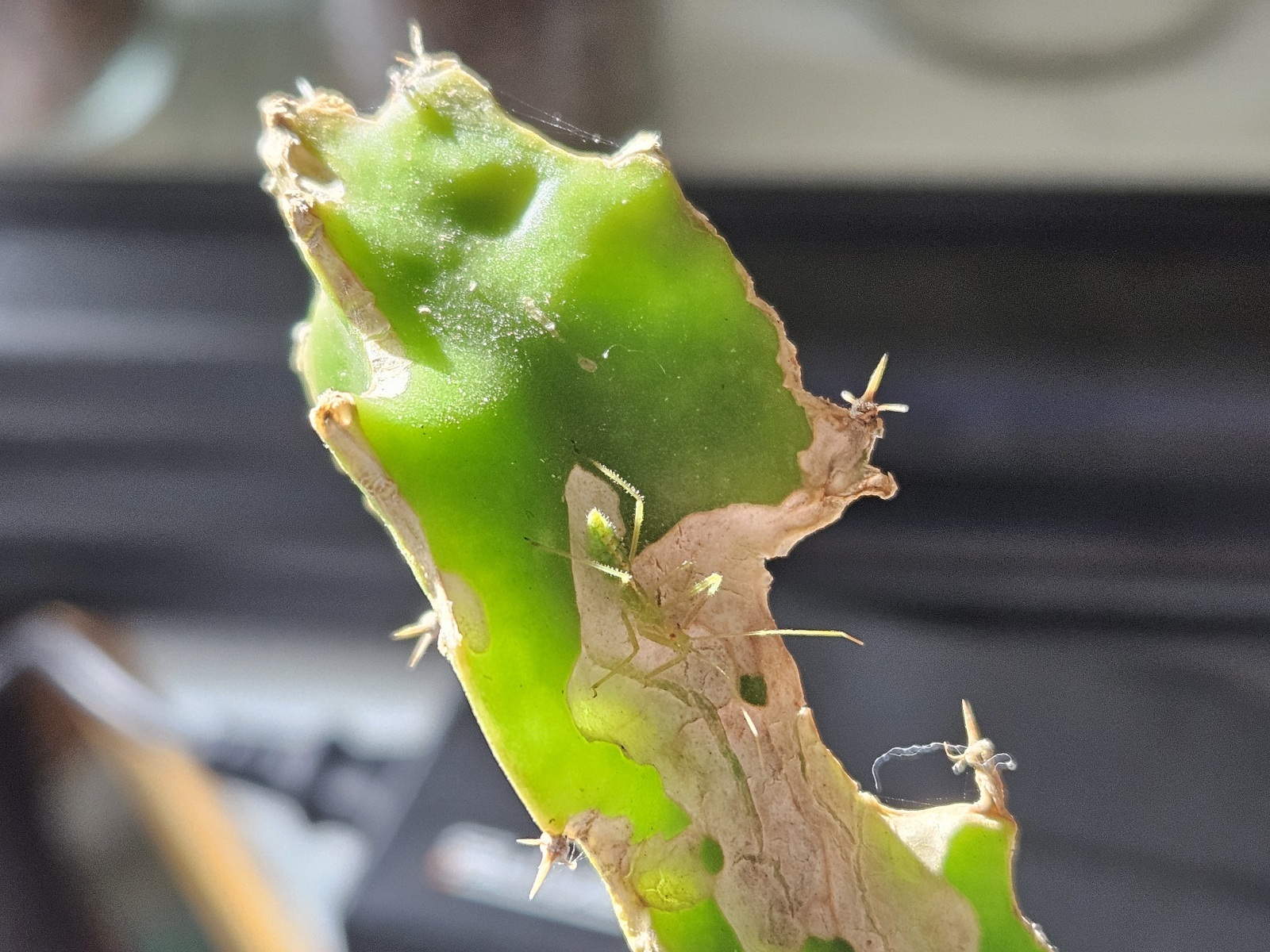this post was submitted on 23 Nov 2024
27 points (100.0% liked)
Earth
12858 readers
7 users here now
The world’s #1 planet!
A community for the discussion of the environment, climate change, ecology, sustainability, nature, and pictures of cute wild animals.
Socialism is the only path out of the global ecological crisis.
founded 4 years ago
MODERATORS
you are viewing a single comment's thread
view the rest of the comments
view the rest of the comments

That's elsewhere in the thread. I googled.
I really like this article I found - Bug Eric: Sundew Assassin Bugs: Zelus. It's short and well-written for the average reader. Example...